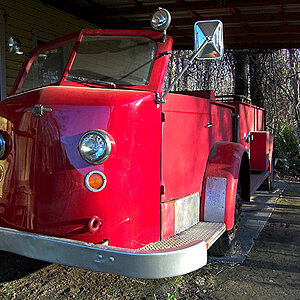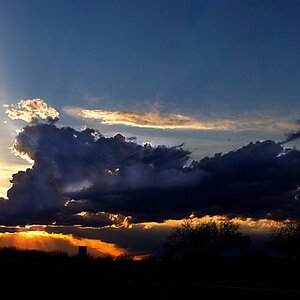Goldcoin79
TPF Noob!
- Joined
- May 23, 2012
- Messages
- 152
- Reaction score
- 2
- Location
- Uk, Hemel Hempstead
- Can others edit my Photos
- Photos OK to edit
Hi all, why I was thinking about exposure compensation a question came into my head which im hoping someone has a answer for. The question is that if you set the exposure compensation to say -2 (I assume this means reduced by 2 stops) how does it adjust adjust to -2 stops if it doesn't change shutter speed, apeture or iso?
James
James


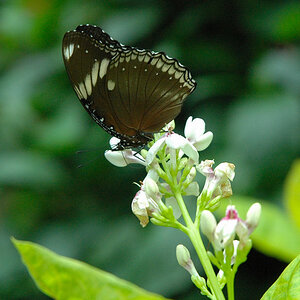

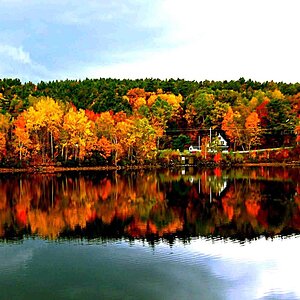

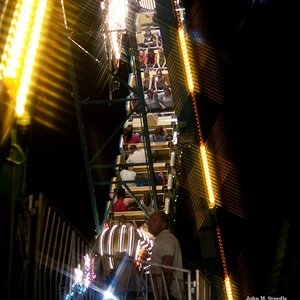
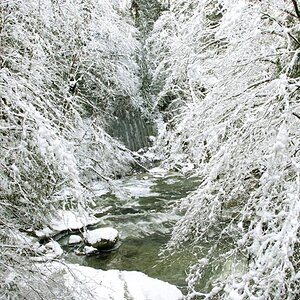
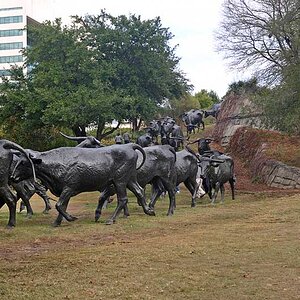
![[No title]](/data/xfmg/thumbnail/37/37618-4cd08d553e4ce30fd49570b1ba8259f2.jpg?1619738152)
